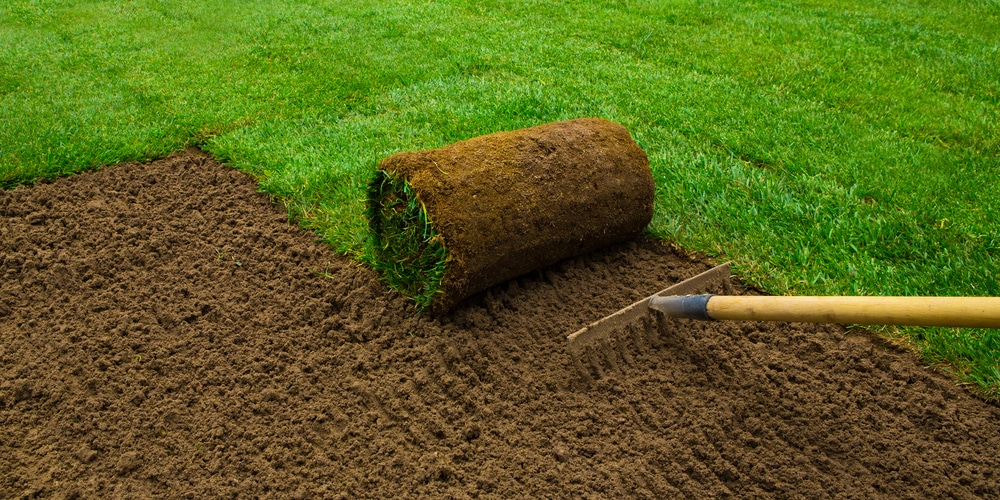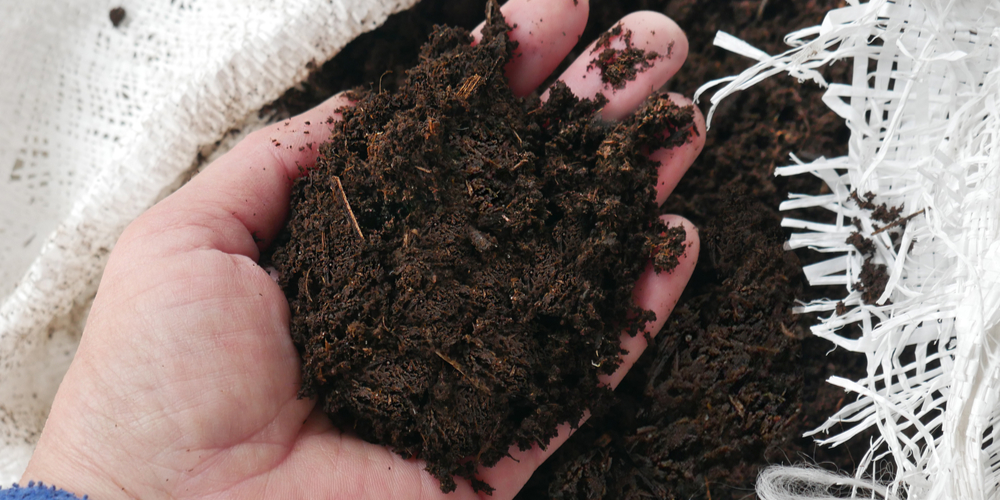Having a lush and healthy lawn is the dream of most homeowners (with a passion for gardening). While maintaining it can be a hassle, all the time spent mowing, fertilizing, watering, and keeping pests and weeds at bay will be worth it. But the efforts of growing a lawn start much earlier. Indeed, before worrying about how frequently you should water your garden, you must consider which type of lawn to install and how.
Installing topsoil
Many people like to start their gardens with seeds. But the process takes time and a lot of effort. If you don’t have much patience, consider adding sod instead. While being slightly more expensive, the practice takes less time and effort from your side to establish. But even then, you’ll have to prepare the soil to accommodate your lawn. So, things are never that easy with grass. But how can you do that?
The truth is that soil mix determines your success at installing new sod. Because it can be a considerable investment, you don’t want to get that wrong. But the information out there is scattered and inconsistent: knowing how to install it is not as easy as it sounds. Besides getting the mix right, you’ll also want to know how much of each soil you should get to recreate optimal conditions for your grass growth.
Ratio matters, especially when trying to amend the soil and make it optimal for your lawn. If you wonder: “how much topsoil do I need for sod?” you’ve landed in the right place. Here, you’ll find everything you need to know about adding topsoil when installing a lawn.
What is topsoil?
If you don’t know what it is, don’t worry: there is a lot of confusion about this one. In essence, topsoil is the upper part of the soil (close to the surface) rich in organic material and with the ideal drainage. Good topsoil should keep your plants (or lawn) in optimal conditions for longer. Because of its composition, it allows for excellent aeration, richness in nutrients, and water retention.
Jump to the next section to learn how to add it to the soil to increase the chances of successfully installing it in your garden.
How Much Topsoil Do I need for Sod?
Adding topsoil to the yard can help your grass establish in your garden. But whether or not to apply it depends on the current conditions of your soil. For instance, if you are lucky enough to have fertile ground in your garden, you might not need to add an extra layer of rich, loose, and well-draining soil.
To avoid making mistakes, consider getting a soil sample. While this seems like an extra cost you’ll happily skip, see it as an investment to save yourself some money in the future. Indeed, testing your current soil conditions can help you understand what’s missing and how you should amend it to welcome your new sod installation. Check the pH levels, nutrient content, aeration, and cation exchange (a ratio that tells you how well your soil retains moisture).
Also, the addition of topsoil to the ground depends on your hardiness zone. If you live in a hot and dry region, your lawn will benefit from the extra nutrition and water retention. Pick a high-quality material for the best results. Doing so will help your grass better adapt to the conditions and contribute to its healthy growth.
A good quality soil should be loamy (and contain some clay) without having more than 50% sand. Ideally, organic material should be between 2 to 10%. Many companies recommend you add at least four inches of topsoil. But keep in mind that the quantities also depend on the type of grass you want to install. For instance, species like St Augustine grass do well even in sandy soils and won’t benefit as much from the addition of topsoil as other warm-season grasses.
How Much Topsoil Do I Need For Sod?: The Bottom Line
If you have rich soil, adding topsoil might not be necessary. Sod needs about four to six inches of loose soil to establish and develop deep roots. Don’t forget that the quality of your topsoil will affects the results. It should be dark brown or black (which signifies high organic matter in the soil).
In terms of quantities, anything between two to four inches of topsoil will do the trick. Ensure you adjust the ratio depending on the quality of your soil.
Related Article: Will Grass Seed Grow on Top of Soil?

